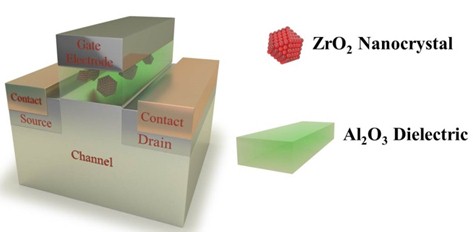
Fig. 1 3D Schematic of the fabricated NEI ferroelectric negative capacitance FET
Supported by the National Natural Science Foundation of China (No. 61534004, 61604112, 61622405 and 61847081), the research group led by Prof. Genquan Han and Prof. Yue Hao at Xidian University in China has achieved significant progress in the field of ferroelectric field-effect transistors. They invented a kind of new nanocrystalline ferroelectric material (Nanocrystal-Embedded-Insulator, NEI) and fabricated the ferroelectric negative capacitance transistors. The relevant work was published as a front cover paper in IEEE Electron Device Letters in January 2019, entitled “Nanocrystal-Embedded-Insulator Ferroelectric Negative Capacitance FETs with Sub-kT/q Swing”. (link: http://ieeexplore.ieee.org/document/8537985).
Using ferroelectric materials as gate dielectrics, the ferroelectric transistors are supposed to be one of the new devices that can break through the Boltzmann limits of conventional metal-oxide semiconductor field-effect transistors (MOSFETs), which are most promising in the application of low-power circuits and nonvolatile memories. In 2011, German researchers observed ferroelectricity in doped Hafnium oxide (HfO2) materials. Compared with the traditional ferroelectric materials (such as PZT, SBT, etc.), HfO2-based ferroelectrics are fully compatible with the CMOS techniques. Consequently, the HfO2-based ferroelectric transistors attracted considerable attention from microelectronics researchers quickly. However, the current research progress shows that there still exists the following problems in HfO2-based ferroelectric materials. 1) Intrinsic defect in doped HfO2 makes ferroelectric materials suffer from inevitable wake-up effect, imprinting effect and polarization fatigue. 2) According to the experimental results, the gate dielectric thickness of HfO2-based ferroelectric transistor used as a nonvolatile memory device is generally 8~10 nm, while it is about 4 nm in negative capacitance device. These limitations pose great challenges on the applications of HfO2-based ferroelectric transistor in advanced integrated circuit technology.
Against these issues, the group invented a novel nanocrystal-embedded-insulator (NEI) ferroelectric comprising orthorhombic ZrO2 nanocrystals embedded in amorphous Al2O3 by atomic layer deposition (ALD). The ferroelectric parameters of this new material can be tuned by the content of ZrO2, furthermore, the wake-up effect, imprinting effect, and polarization fatigue caused by the intrinsic defect in doped HfO2 can be avoided by using the denser Al2O3 and ZrO2 instead of HfO2. Thereby, the durability and retention characteristics of the device were greatly improved. In addition, due to its amorphous properties, the NEI layer can be thinner compared with doped HfO2. Based on the characterizations of the NEI ferroelectric, the group also fabricated a 3.6 nm NEI ferroelectric negative capacitance device. The measurement results show that, compared with the HfO2-based ferroelectric device, this NEI negative capacitance transistor can achieve more stable negative capacitance effect with an even thinner gate dielectric and obtain a steeper subthreshold swing less than 60 mV/decade.
The work of this letter not only established the material foundation for 3~5 nm negative capacitance FinFET but also provided a technical solution for the development of the new devices in “Post Moore Era”.

Add: 83 Shuangqing Rd., Haidian District, Beijing, China
Postcode: 100085
Tel: 86-10-62327001
Fax: 86-10-62327004
E-mail: bic@clinicaltrials-nyph.org
京ICP备05002826号 文保网安备1101080035号 Copyright 2017 NSFC, All Right Reserved